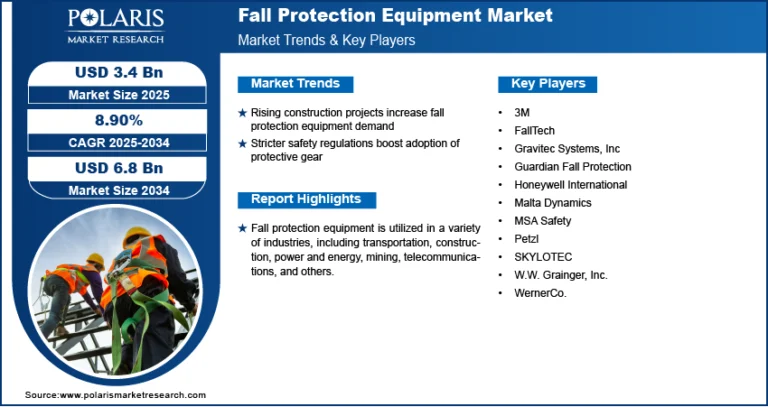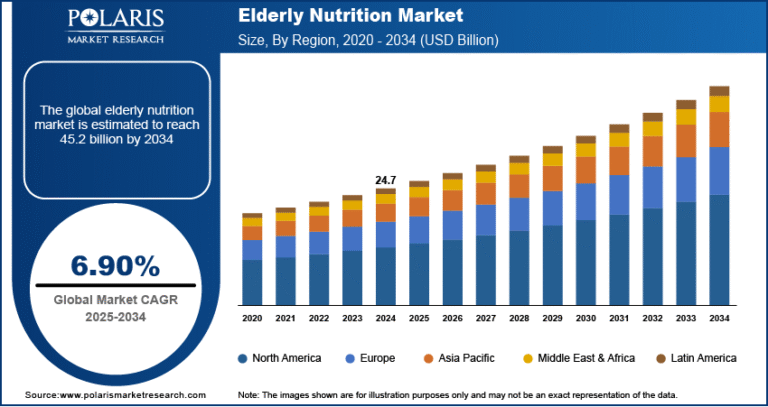Aircraft De-Icing Market Projected to Hit USD 2,022.02 Million by 2034 | CAGR of 5.2%

The global aircraft de-icing market was valued at USD 1,218.24 million in 2024. It is projected to grow from USD 1,280.47 million in 2025 to USD 2,022.02 million by 2034, registering a compound annual growth rate (CAGR) of 5.2% during the forecast period of 2025–2034. This growth is driven by the aviation industry’s focus on ensuring safety, adhering to regulatory standards, and maintaining operational efficiency in diverse climatic conditions.
Aircraft De-Icing Market Key Trends & Insights:
- Rise of Sustainable De-Icing Solutions: The industry is shifting toward eco-friendly alternatives such as biodegradable fluids, non-glycol sprays, closed-loop recycling systems, and infrared heating to reduce environmental impact and comply with stricter regulations.
- Automation and Smart Integration: Robotic de-icing rigs, precision spray systems, IoT sensors, and data-driven optimization integrated with flight plans and weather systems are enhancing efficiency, reducing crew exposure, and cutting fluid waste.
- Diversification of De-Icing Technologies: Emerging methods like infrared heating bays, electro-thermal systems, electro-mechanical expulsion, and acoustic/ultrasonic de-icing are complementing traditional spray techniques, offering faster, more targeted ice removal.
- Growth Driven by Air Travel Expansion in Cold Regions: Increased winter traffic in North America and Europe, along with rapid airport and fleet expansion in Asia-Pacific and the Middle East, is fueling demand for advanced de-icing infrastructure and services.
- Focus on Efficiency & Cost Optimization: Operators are adopting concentrated Type IV fluids, hybrid systems combining coatings and heating, fixed‑boom gantry systems, and mobile setups to reduce delays, waste, and operational costs.
Market Size & Forecast:
- Market size value in 2025 – USD 1,280.47 million
- Revenue forecast in 2034 – USD 2,022.02 million
- CAGR – 5.2% from 2025 – 2034
𝐆𝐞𝐭 𝐄𝐱𝐜𝐥𝐮𝐬𝐢𝐯𝐞 𝐒𝐚𝐦𝐩𝐥𝐞 𝐏𝐚𝐠𝐞𝐬 𝐨𝐟 𝐓𝐡𝐢𝐬 𝐑𝐞𝐩𝐨𝐫𝐭:
https://www.polarismarketresearch.com/industry-analysis/aircraft-de-icing-market/request-for-sample
Aircraft De-Icing Market Overview:
The aircraft de-icing market is experiencing steady growth due to its critical role in ensuring flight safety across global aviation operations. As air travel volumes rebound and fleets expand, there’s increasing emphasis on preventing ice formation on wings, fuselage, and engine inlets during cold weather operations. The rise of stringent aviation safety regulations and standards has driven widespread adoption of advanced de-icing solutions, including both ground-based systems and in-flight thermal or electro-mechanical technologies. Technological advancements such as heated pneumatic boots, alcohol- and glycol-based fluid systems, and innovative electric heating elements are enhancing efficiency, reliability, and environmental performance. Manufacturers are also developing real-time ice detection systems and smart control units to enable proactive and targeted de-icing efforts.
Geographically, North America and Europe remain leading markets due to their high frequency of operations in frigid conditions and well-established aviation infrastructure. Meanwhile, growth in colder regions of Asia-Pacific and expansion of airline networks in South America are creating new opportunities. Stakeholders across the value chain including OEMs, airlines, MRO service providers, and airports are collaborating to integrate de-icing solutions seamlessly into operational workflows. Focus on sustainability has prompted development of eco-friendly fluids with lower toxicity and reduced environmental impact, alongside efforts to minimize water usage and chemical runoff. Looking ahead, increasing automation, improved system integration, and regulatory support for safer, greener aviation practices are expected to drive further innovation and market expansion.






